Inspector-General of the Australian Defence Force launches inquiry into fatal MRH-90 Taipan
An inquiry into the horror crash of an army helicopter that killed four defence personnel has heard of the final moments before the accident.
A Taipan army helicopter that crashed off the coast of Queensland, killing four defence personnel, had gained altitude before plunging nose first into the water, an independent inquiry has heard.
The MRH-90 Taipan helicopter crashed near Lindeman Island near the Whitsundays during a night training exercise on July 28 last year, killing all four soldiers on-board.
They were Captain Danniel Lyon, Lieutenant Maxwell Nugent, Warrant Officer Class 2 Joseph Laycock and Corporal Alexander Naggs.
The Inspector-General of the Australian Defence Force (ADF) has appointed former judge Margaret McMurdo to lead the independent inquiry into the deadly training accident.
On Tuesday, the first day of the public hearing into the fatal crash began with a minute’s silence for each of the four officers killed.
Family of the four officers were brought to tears during the touching start to proceedings.
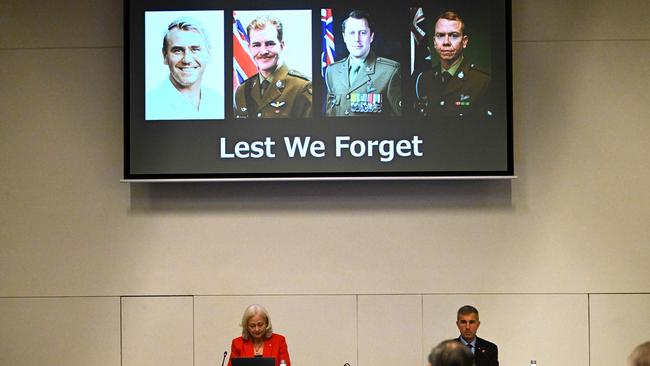
Judge McMurdo will be supported by Air Vice-Marshal Joe Iervasi and Colonel Jens Streit in the public hearing that began in the Brisbane Convention Centre on Tuesday.
The MRH-90 Taipan helicopter was being used for nocturnal training as a part of Exercise Talisman Sabre before it crashed.
The inquiry heard the defence training operation had consisted of four MRH-90s flying in formation to Lindeman Island as part of an organised exercise to collect ADF personnel.
Colonel Streit said the four helicopters had changed flight plan to avoid weather conditions on the night of the accident.
He said the Taipan that crashed, referred to with its call sign of Bushman 83, had been observed by the helicopter flying directly behind it in formation to increase its climb before suddenly descending “rapidly towards the water”.
The inquiry heard the fourth helicopter which saw this unfold, Bushman 84, had radioed to Bushman 83 to “pull up, pull up, pull up” before those on board witnessed Bushman 83 hit the water at high speed.
Hundreds of ADF and emergency service personnel spent three months searching the waters around the Whitsunday Coast for the helicopter.
In a statement released on November 9 last year, the ADF said “all practical wreckage and remnants” from the helicopter had been recovered.
The MRH-90 Taipans, which were due to be withdrawn by the Albanese government in December 2024, were grounded last September after the shocking crash.
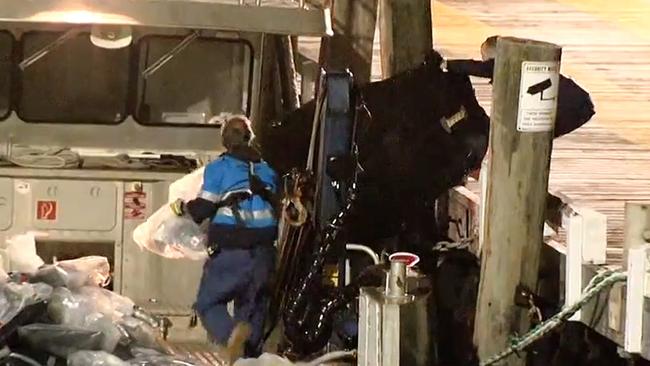
Air Vice-Marshall Iervasi said the job can be “hazardous at times”, revealing he’s lost friends during defence operations.
“I have had a few close calls myself where a significant incident was avoided by a matter of seconds or feet,’’ he said.
“I’ve witnessed the impacts these deaths have had on friends, family and colleagues.
“When something happens, it is incumbent on those involved to speak up.’’
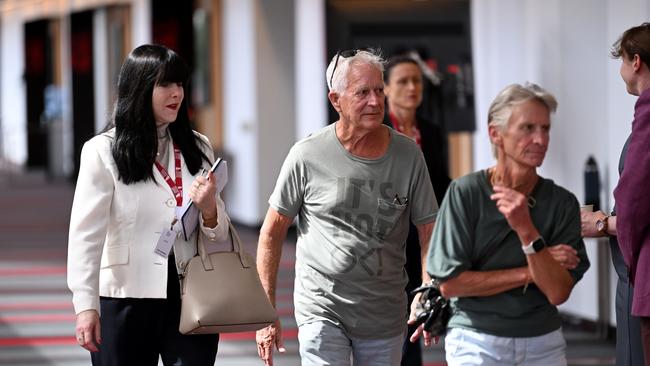
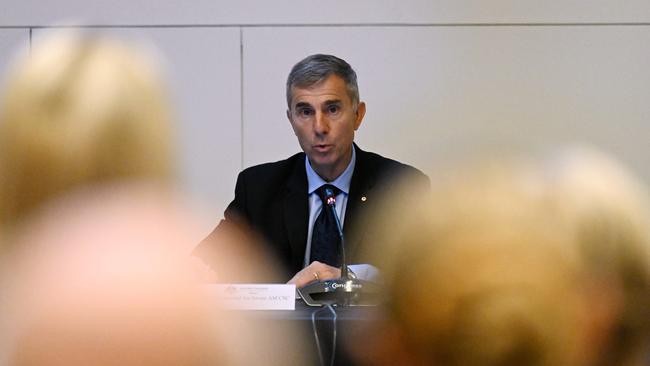
Lieutenant Colonel Tony Cameron, Commanding Officer and chief instructor of the Army School of Aviation, told the hearing aviation officers training on the MRH-90 can take six to nine months at the facility based in Oakey, Queensland.
Lieutenant Colonel Cameron told the inquiry he had known Captain Lyon, Warrant Officer Laycock and Lieutenant Nugent in some capacity during his role. He did not know Corporal Naggs.
But it was his personal connection with Warrant Officer Laycock, who he’d flown with in the same unit flying Black Hawks for about nine years, that led him to consider the late officer as one of the best crewmen he’s ever encountered.
“He was one of, if not the most competent, professional and relied upon senior air crewmen we had,” Lieutenant Colonel Cameron.
Lieutenant Colonel Cameron said officers go through four “phases” of training before they graduate the MRH-90 training.
The inquiry heard Defence Aviation Safety Authority (DASA) had released new regulations in February 2023 surrounding night vision devices, illumination capabilities and weather contingency plans.
“We were required to write new rules to comply with the aviation regulations,” Lieutenant Colonel Cameron said.
“Then there were more restrictive rules until the result of the accident investigation came out.
“Those rules are being reviewed and there’s an external inquiry into (those).”
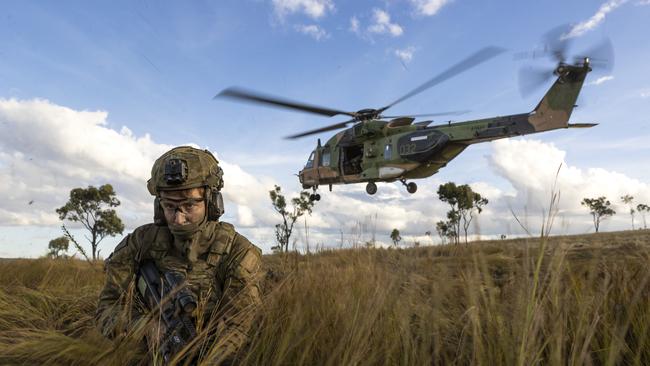
Lieutenant Colonel Cameron confirmed the special flying instruction issued by DASA were to provide further restriction in certain illumination capabilities and weather.
He added that “proactive measures” were issued in October after the July crash.
When questioned by Air Vice-Marshall Iervasi about the apparent “gap of eight months before anything changed” from when DASA ordered to the new regulations and these changes were made, Lieutenant Colonel Cameron said the changes were a “consequence of the DASA regulations”.
When asked about the differences between the MRR-90s and the previously deployed Black Hawk helicopters, Lieutenant Colonel Cameron said there were many “different camps” of opinion about both aircraft within army aviation.
“I could generalise but here were some of the older people did have an affinity with the Black Hawk while some of the new generation who did know the Black Hawk, they favoured the MRH-90,” he said.

“They both had their pros and cons but as far as a culture whether one platform is preferred by the other, there was mixed opinions throughout the community.
“I had more experience on the old Black Hawk, it was essentially an analog helicopter so I found that easier to fly than the MRH-90, but I didn’t have as much experience on the MRH-90.
“As far as a battlefield helicopter, the Black Hawk had some advantage and was easier to fly.”
However, Lieutenant Colonel Cameron said there had been a “lot of loss of confidence in the safety of the aircraft” among those in the “MRH-90 community”.
“It had its issues with supply chain maintenance … which had its effects of being able to fly them at certain times,” he said.
“However … we would not go flying unless we were sure and managing the risk across everything we do.
“As far as confidence in the aircraft of being a safe flying platform, I’m not aware of anyone having no confidence in that.”
Captain Andrew Balaam of the Five Aviation Regiment also gave evidence on Tuesday, explaining his role as a qualified flight instructor for the regiment.
The inquiry heard Captain Balaam was one of the two first officers of the Australian Army to learn how to fly the MRH-90 in France in 2009.
Captain Balaam said pilots were mandated to do annual training for emergency scenarios, which usually occurred every six months depending on the type of training module required.

“In all the scenarios we did we always used emergency scenarios because they were the worst case scenarios and the simulators allowed us to do that safety,” he said.
“You had to do a flying skills assessment every year. Then in addition to that you had to do an annual simulated emergency training.”
When asked about why emergency scenarios were important training tools, Captain Balaam said human error must always be accounted for given a “human is not designed to fly”.
He explained that he also hadn’t experienced “arrogant captains” during his time in the regiment.
“I think the days of those arrogant captains are gone,” Captain Balaam said.
“It’s not something I’ve encountered in that regiment. I was not made aware or I didn’t see anything that would not tell me otherwise.”
The inquiry will resume in Brisbane at a later date yet to be determined.




